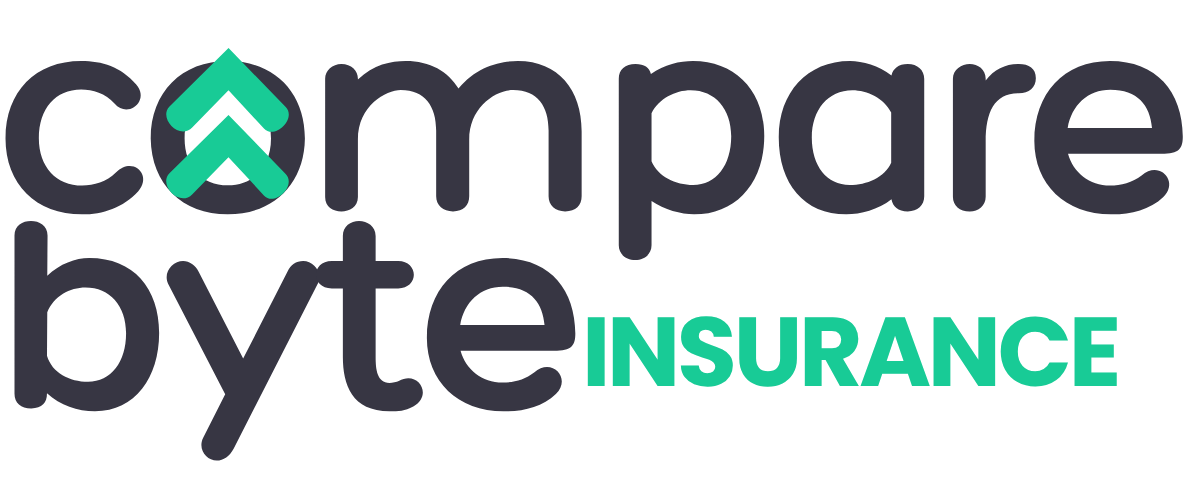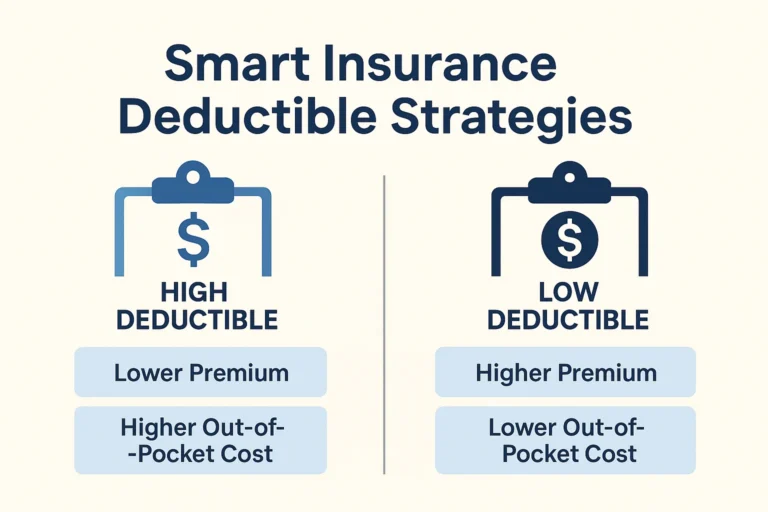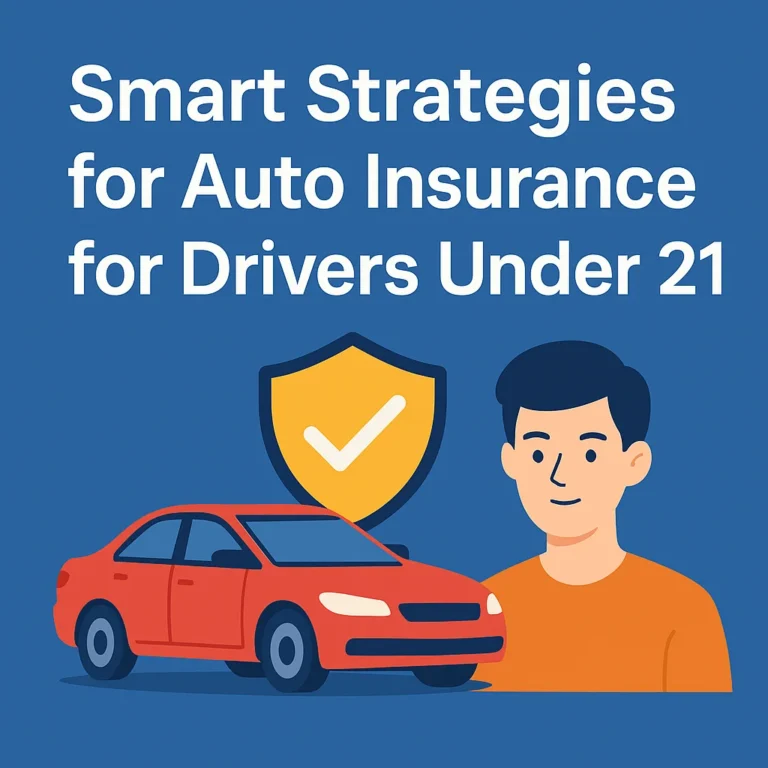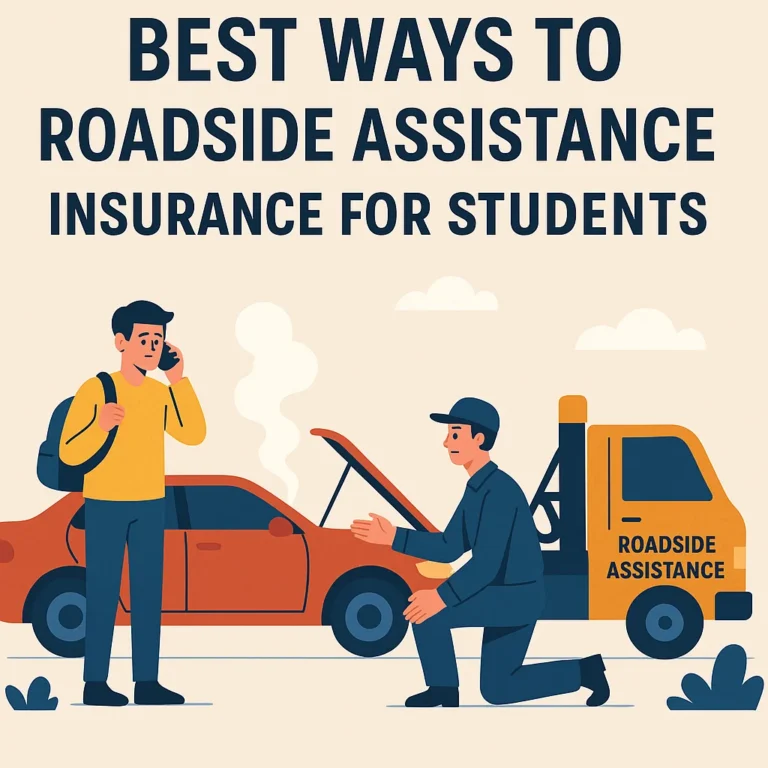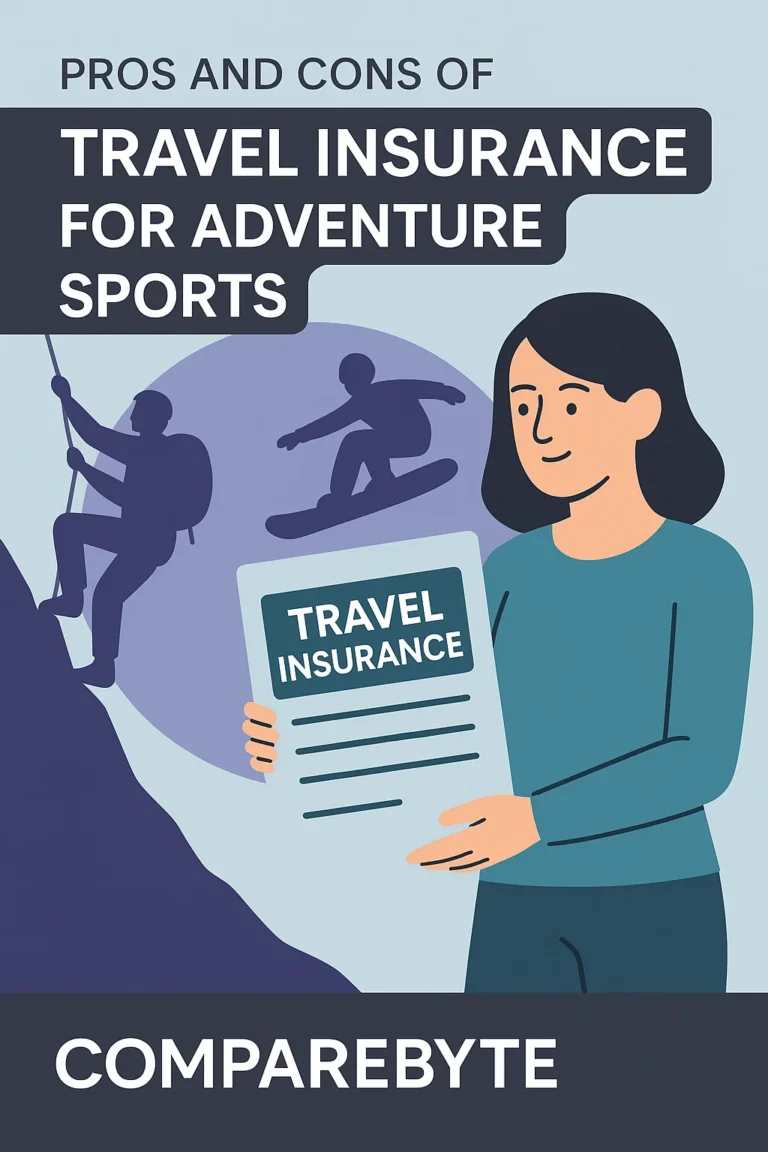For many college students, owning a vehicle is both a convenience and a financial responsibility. As tuition and living expenses rise, finding ways to save on car insurance becomes increasingly important. Fortunately, many insurers offer specific car insurance discounts for college students, helping reduce premiums through academic performance, driving behavior, and policy bundling strategies.
This guide provides a data-driven exploration of the discounts available, their evolution, and how students can leverage them effectively. Whether you’re a student, parent, or advisor, this article outlines actionable insights to help you make smarter insurance decisions.
History and Evolution of Student Car Insurance Discounts
The concept of student-specific auto insurance discounts emerged in the 1960s when insurers began recognizing academic achievement as a potential indicator of responsible driving. Early versions of these discounts were limited in scope and typically offered to honor students or those with a GPA above a certain threshold.
In the 1980s and 1990s, as access to higher education expanded, so did the reach of student driver discounts. Insurers began to introduce more nuanced discount criteria, including distance-from-home policies (for students living away from the vehicle) and safe driving courses offered on college campuses.
By the early 2000s, technological advancements and data analytics allowed insurers to track and reward good driving behavior through telematics and mobile apps. This led to usage-based discounts, where even young drivers could benefit by proving safe habits through digital monitoring.
Today, student discounts are integrated into most major insurers’ offerings, often bundled with other incentive programs such as good driver rewards and multi-policy discounts.
Current Statistics and Data Trends
Recent industry data provides insight into the savings opportunities available to college students:
| Discount Type | Average Savings (%) | Eligibility Criteria |
|---|---|---|
| Good Student Discount | 10% – 25% | GPA of 3.0 or higher |
| Distant Student Discount | 5% – 15% | Living 100+ miles away from car |
| Telematics/Safe Driver Program | 5% – 30% | Enrollment in driving behavior tracking |
| Bundled Policy Discount | 10% – 20% | Combining auto + renters/home insurance |
According to a 2024 report by the Insurance Information Institute, nearly 63% of insured college students qualified for at least one discount, with telematics-based programs seeing the highest year-on-year growth.
| Discount Type | % of Students Using | 5-Year Growth Rate |
|---|---|---|
| Good Student | 41% | +7% |
| Telematics/Safe Driver | 26% | +21% |
| Distant Student | 18% | +4% |
| Policy Bundling | 35% | +9% |
Industry Comparisons and Insurer Offerings
Geico vs. State Farm
Geico is known for its flexible eligibility for good student discounts and a strong telematics program (DriveEasy), whereas State Farm provides one of the most generous student away-from-home discounts (up to 25%). State Farm also includes “Steer Clear,” a program tailored for young drivers under 25 with additional educational content.
Progressive vs. Allstate
Progressive promotes its Snapshot program, offering discounts based on actual driving data collected via mobile devices. Allstate offers both Smart Student and teenSMART programs, the latter of which requires a driving safety course completion and provides additional savings.
Regional vs. National Insurers
Regional insurers, such as NJM Insurance or AAA Auto Club affiliates, may offer competitive rates and personalized programs that aren’t available through larger providers. While national insurers provide more digital infrastructure, local companies often have deeper campus engagement programs.
Future Outlook and Predictions
The landscape of car insurance discounts for students is expected to evolve in three key ways:
- Increased Personalization: AI-driven underwriting will allow insurers to dynamically adjust student premiums based on real-time data.
- Expansion of Digital Programs: More insurers will adopt gamified telematics apps to encourage safe driving habits among Gen Z users.
- Integration with Universities: Expect formal partnerships between colleges and insurers, leading to on-campus educational credits or insurance onboarding sessions.
According to McKinsey & Co., Gen Z customers are 37% more likely to prefer insurers that provide digital engagement tools and real-time rewards than older generations. Insurers will likely double down on mobile-first experiences and instant policy adjustments in response.
Expert Opinions and Academic Citations
Dr. Olivia Harris, a professor of risk management at the University of Pennsylvania, states that: “Students who combine multiple discounts can reduce premiums by as much as 45%, particularly when telematics data supports a pattern of safe behavior.”
A 2023 study published in the Journal of Insurance Regulation confirmed that bundling academic and behavioral data can improve loss ratio predictions and reduce risk pricing errors for young drivers by 18%.
According to the National Association of Insurance Commissioners (NAIC), there is increasing regulatory support for transparency in youth discount policies and incentives for eco-friendly student vehicle use. This could introduce new discounts tied to hybrid or electric cars in college towns.
Conclusion and Summary
Car insurance discounts for college students are no longer limited to honor roll GPAs or distant campus policies. The modern landscape blends behavioral analytics, tech-savvy programs, and academic incentives to provide tailored coverage at reduced costs.
To make the most of these opportunities, students should actively inquire about discounts, maintain high academic performance, enroll in telematics programs, and consider bundling policies with family or roommates. With the right approach, annual savings can reach hundreds of dollars.
For further guidance, check out these resources: Affordable Student Car Insurance in Texas and Top 10 How to Avoid Fake Insurance Scams.
Frequently Asked Questions (FAQ)
1. What GPA is needed to qualify for a good student discount?
Most insurers require a GPA of 3.0 or higher (or B average) to be eligible for the good student discount.
2. Can I get a discount if I don’t have a car on campus?
Yes. If you’re listed on a family policy but attend college over 100 miles away and don’t drive regularly, you may qualify for a “student away from home” discount.
3. Is telematics safe to use?
Yes. Telematics apps use encrypted data to monitor driving habits such as speed, braking, and phone usage. It can significantly lower your premium if you drive safely.
